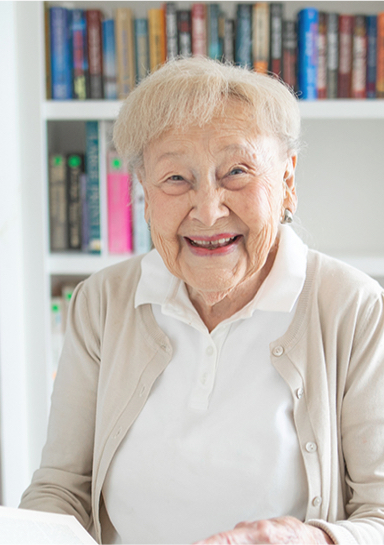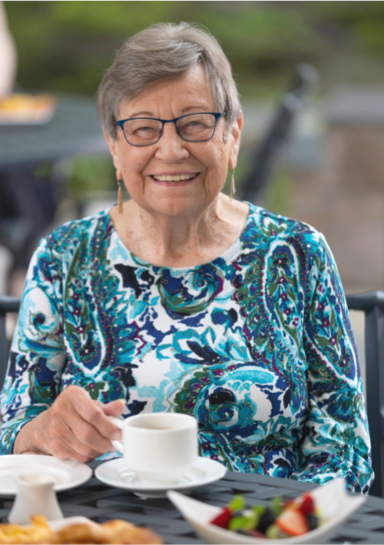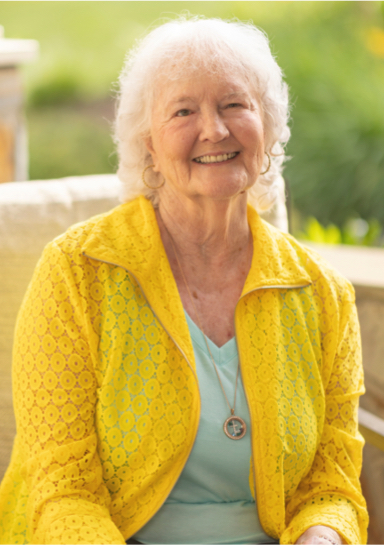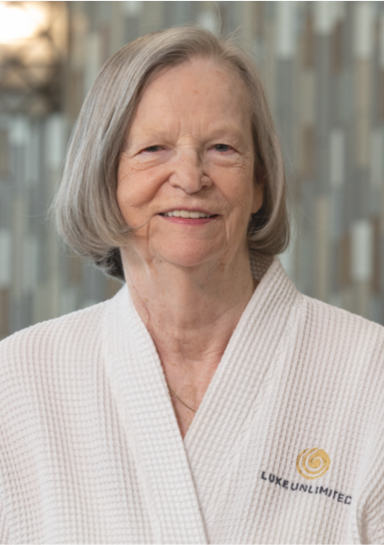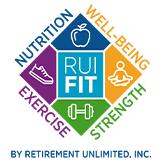As we age, maintaining balance becomes increasingly important for safety, mobility, and overall well-being. Balance exercises are vital for seniors because they help prevent falls, improve coordination, and support independence. Incorporating balance exercises into your routine can reduce the risk of injury and help you maintain an active, fulfilling lifestyle.
Many assisted and independent living communities prioritize wellness through lifestyle offerings, including fitness programs and recreational activities tailored to the needs of older adults. These programs often include guided exercise sessions, personalized wellness plans, and opportunities for residents to engage in activities that promote balance and overall health.
The Importance of Physical Activity for Seniors
Regular physical activity offers countless benefits for seniors, both in the short and the long term. Exercise can lead to immediate improvements such as better sleep, reduced anxiety, and lower blood pressure. Over time, staying active contributes to enhanced brain, heart, and bone health, which in turn leads to a reduced risk of chronic conditions like cancer and increased independence in daily activities.
Experts recommend that seniors engage in three main types of exercise: balance and stability training, aerobic activity, and strength training. Incorporating a variety of exercises helps improve and maintain overall physical health. Participating in group activities, like fitness-focused community events, can make staying active enjoyable and foster social connections.
Recommended Physical Activity for Seniors
The Center for Disease Control and Prevention (CDC) recommends the following exercise guidelines for adults aged 65 and older:
- 150 minutes of moderate-intensity aerobic activity, 75 minutes of vigorous activity, or a combination of both each week.
- Strength training exercises at least twice a week to build and maintain muscle.
- Regular balance exercises to enhance stability and reduce the risk of falls.
The Importance of Balance for Seniors
Falls are a leading cause of injury among older adults, often resulting in fractures, reduced mobility, and loss of independence. Balance exercises strengthen stabilizing muscles, improve coordination, and promote joint flexibility, all of which help reduce the risk of falls and injuries.
Challenges to Maintaining Balance
As we age, natural changes such as muscle loss, joint stiffness, and slower reflexes can affect balance. Chronic conditions like arthritis, diabetes, or neuropathy may further contribute to instability, while certain medications can cause dizziness or drowsiness, increasing the risk of falls.
Benefits of Balance Exercises
Balance exercises provide seniors with a number of benefits:
Restoring Confidence & Mobility
Balance exercises are key to building the strength and coordination seniors need to move with ease. They enhance stability, helping older adults regain confidence in their ability to perform everyday tasks like walking, bending, or climbing stairs. This restored mobility not only promotes independence but also encourages an active and engaged lifestyle.
Improving Posture & Physical Comfort
Poor posture can lead to chronic pain and discomfort, especially in the back and joints. Balance training helps align the body properly, reducing stress on these areas. Seniors who practice balance exercises often find it easier to move comfortably and avoid aches and stiffness associated with inactivity or improper alignment.
Enhancing Mental Focus & Cognitive Health
Balance exercises don’t just benefit the body—they also stimulate the brain. Activities like tai chi or yoga require focus and concentration, which helps sharpen mental clarity and boost cognitive function. The calming nature of these exercises also reduces stress and anxiety, promoting emotional well-being.
Encouraging Social Connections
Participating in group activities that include balance exercises provides seniors with opportunities to connect with others. Social interaction is a vital part of overall health, reducing feelings of isolation and fostering a sense of belonging. Whether through a class or casual group activity, these connections contribute to emotional health and enjoyment.
Simple Balance Exercises for Seniors
You don’t need specialized equipment to begin improving your balance. Here are some beginner-friendly exercises:
Heel-to-Toe Walk
This simple activity improves coordination and focus:
- Stand tall and step forward, placing your heel directly in front of your other foot’s toes.
- Walk in a straight line, using a wall or chair for support if needed.
Single-Leg Stand
This exercise strengthens leg muscles and core stability:
- Stand behind a sturdy chair, holding the backrest for support.
- Lift one foot off the ground and hold the position for 10–15 seconds.
- Switch legs and repeat.
Side-Leg Raises
This movement builds hip strength and stability:
- Stand next to a counter or table for balance.
- Lift one leg to the side, keeping your torso straight.
- Lower your leg and repeat 10–15 times on each side.
Tai Chi
Tai chi is a low-impact practice that combines slow, deliberate movements with controlled breathing. It’s been shown to significantly improve balance and reduce the risk of falls for older adults.

How to Start a Balance Exercise Routine
- Begin gradually: Start with simple exercises and progress to more challenging activities as you grow stronger and more confident.
- Incorporate variety: Combine balance exercises with strength training or light aerobic activity to create a well-rounded fitness routine.
- Consult professionals: If you’re unsure where to start, consider consulting a physical therapist or fitness instructor specializing in senior wellness to create a program tailored to your needs.
Staying Motivated to Improve Balance
Maintaining a consistent routine is key to seeing improvements. Here are some tips to stay on track:
- Set realistic goals: Begin with small, achievable milestones and build upon them gradually.
- Track progress: Celebrate milestones like holding a pose longer or feeling more stable during activities.
- Join a group: Participating in group classes can make exercising more enjoyable while providing opportunities for social interaction.
Supporting Overall Wellness
Balance exercises are one part of a holistic approach to senior health. Pairing them with other wellness activities can maximize the benefits:
- Strength training: Builds muscle to support balance and joint health.
- Aerobic exercise: Walking, swimming, or other light cardio activities enhance cardiovascular health and endurance.
- Relaxation practices: Yoga or meditation can reduce stress and improve focus, complementing balance exercises.
Senior Wellness at The Westmont at Short Pump
At The Westmont at Short Pump, we are dedicated to fostering the overall well-being of our residents through our personalized wellness program, RUI FIT. This innovative program focuses on enhancing physical, emotional, and social health through customized fitness and lifestyle activities.
RUI FIT blends fitness with fun and community engagement, offering a variety of health and wellness classes in modern, well-equipped gyms. From cardio and strength training to yoga and other low-impact exercises, our programs are designed to empower seniors and their families to embrace a healthier lifestyle. Complemented by exclusive RUI FIT dining menus, we take a holistic approach to supporting health and vitality.
Discover how The Westmont at Short Pump helps seniors lead vibrant and fulfilling lives. Schedule a tour today and take the first step toward a healthier, more confident future. Contact us to learn more.


